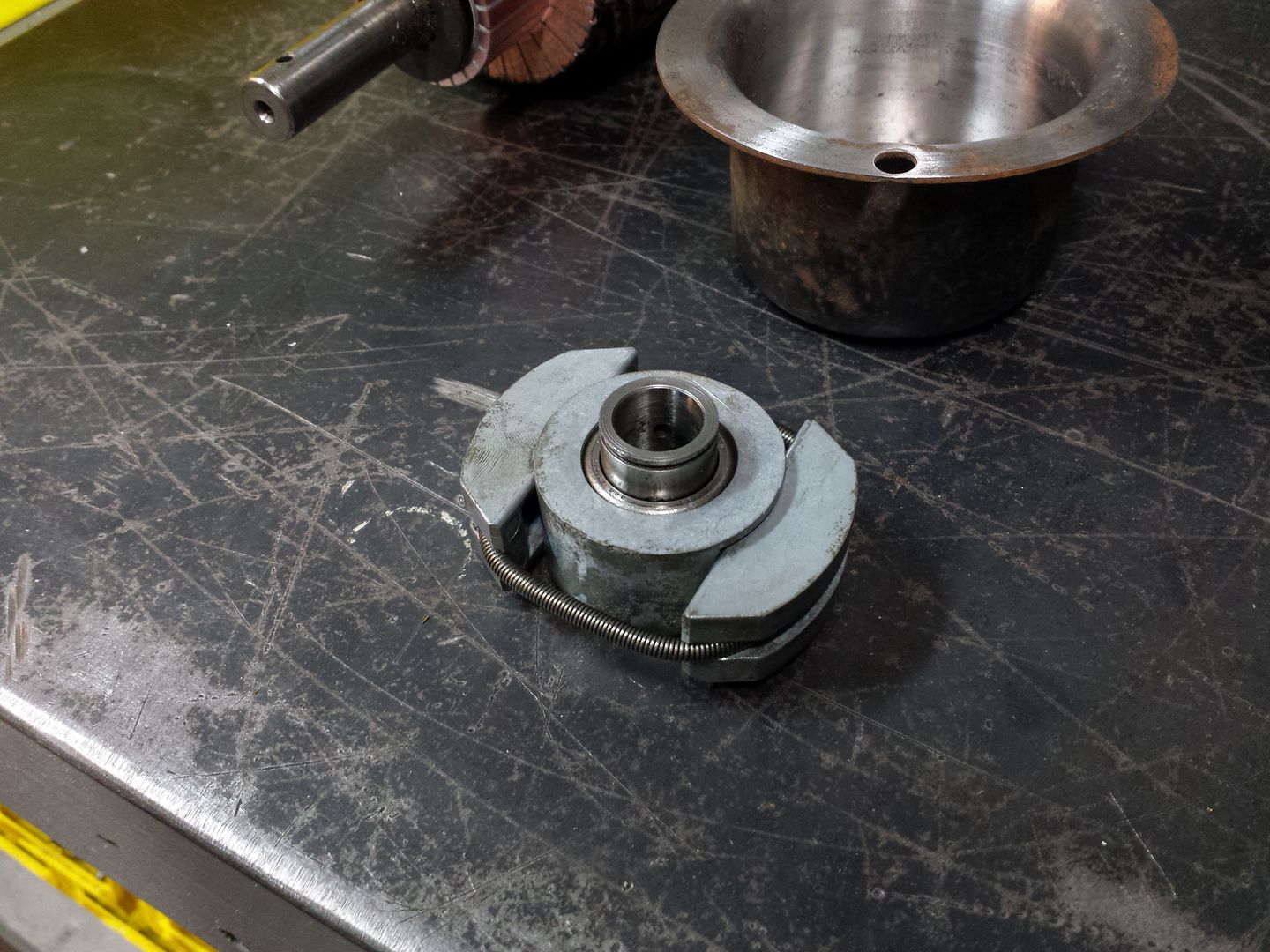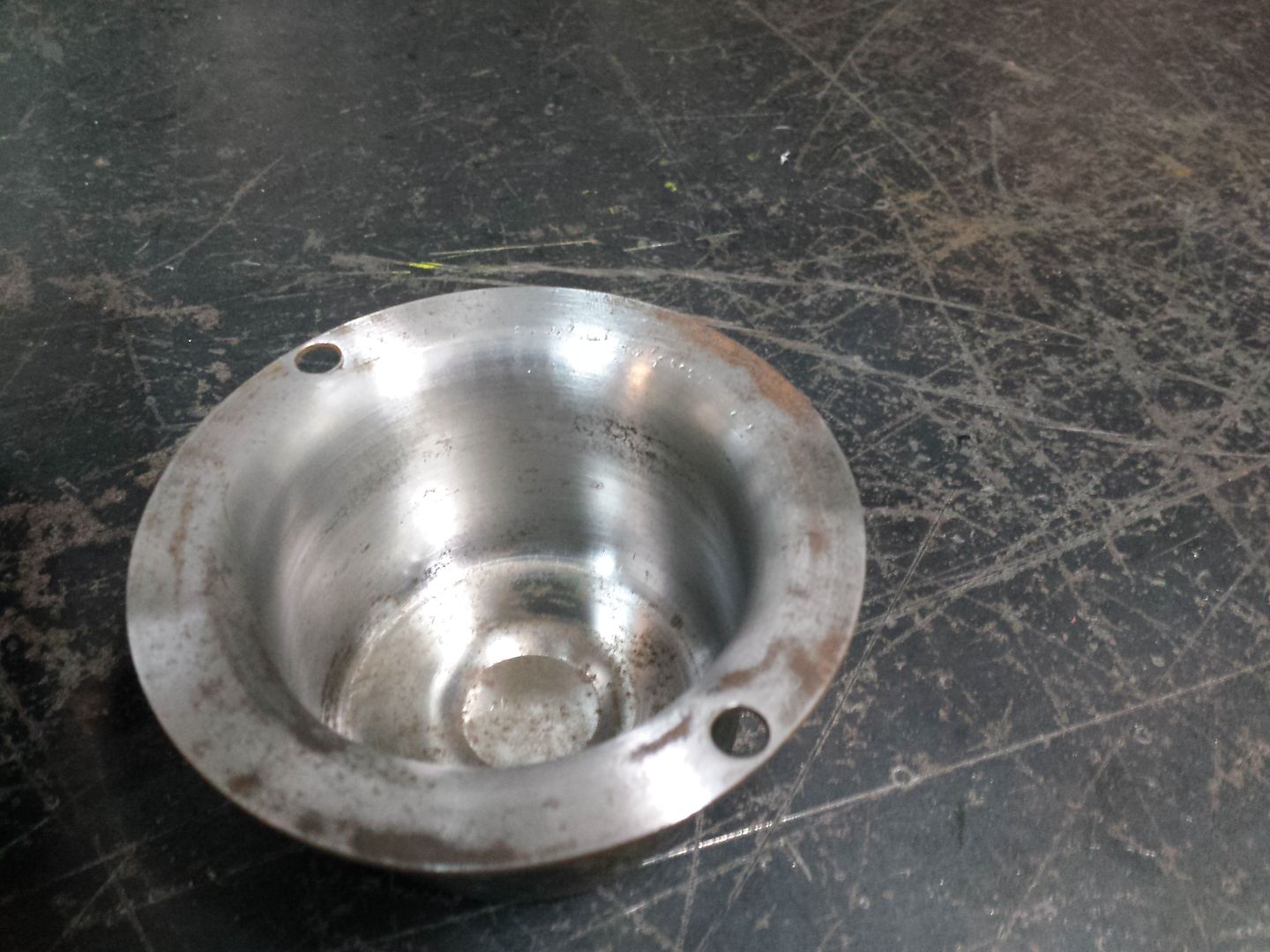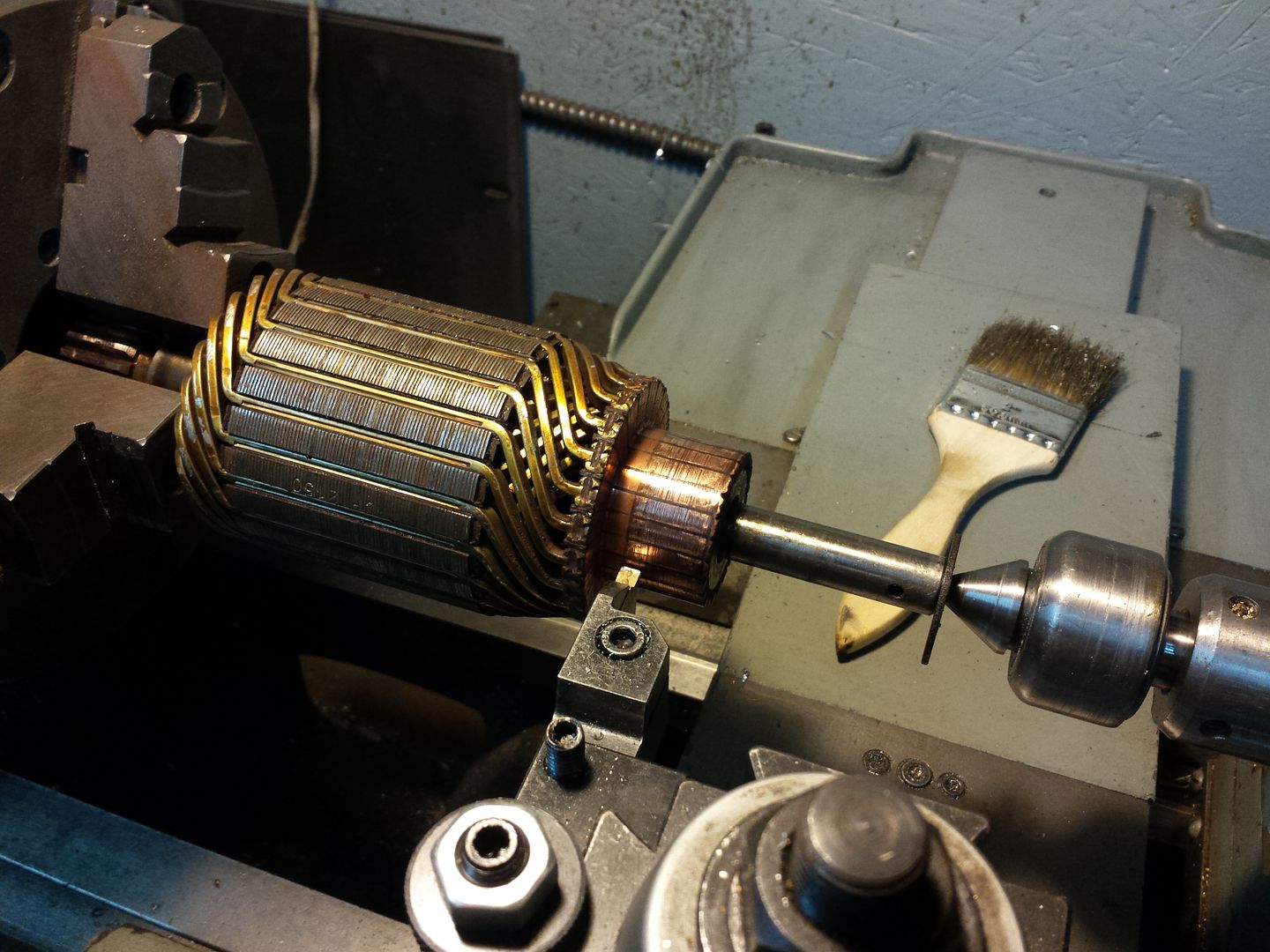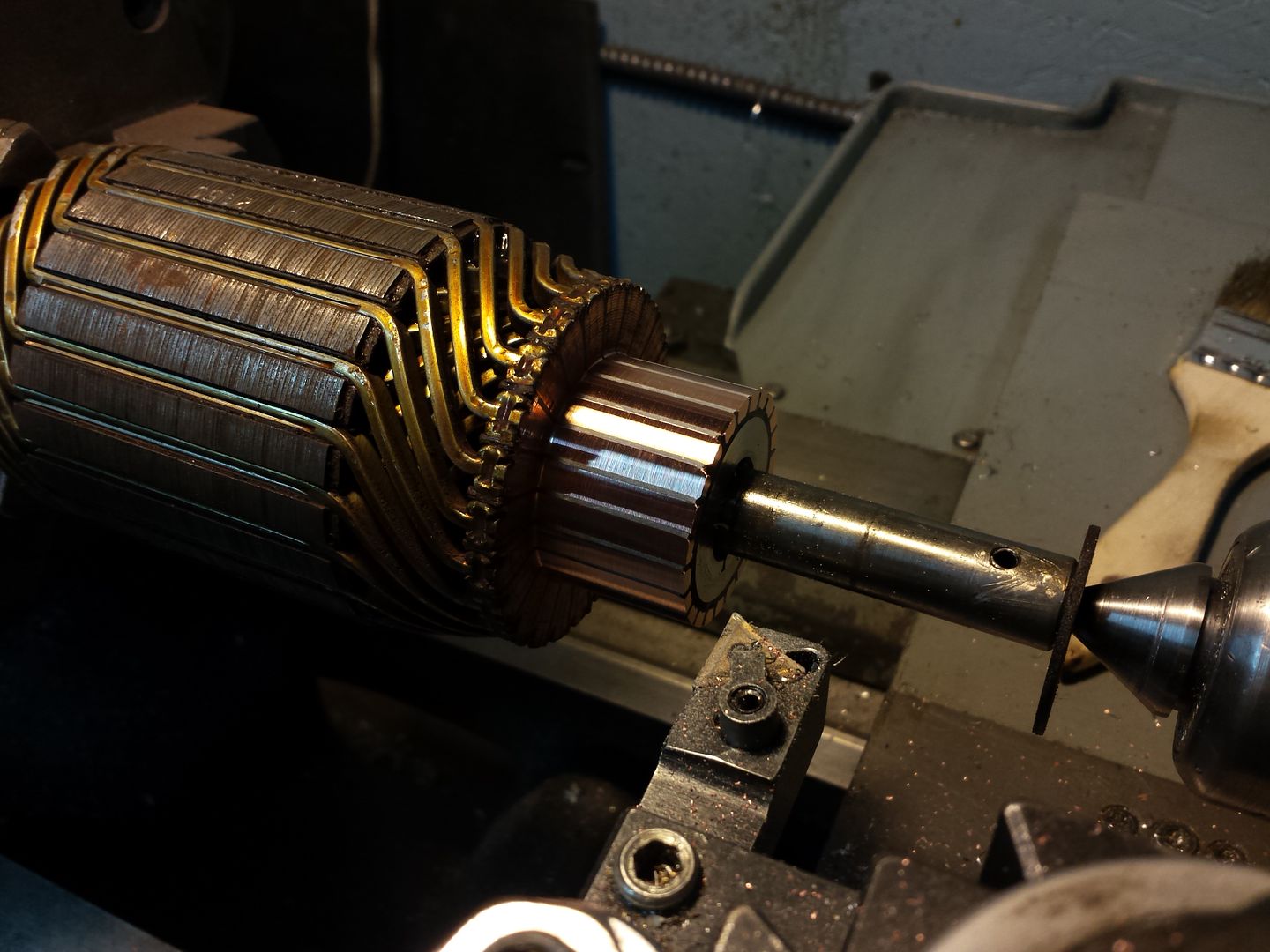This thread has certainly been void of pictures lately.
I've been a little busy with another photo intensive post lately, but that is all done so I guess I can put some effort back into the build thread

Here are some shots of the disassembled winch motor. As you can see, the brake assembly is a little corroded but should clean up without any problems.
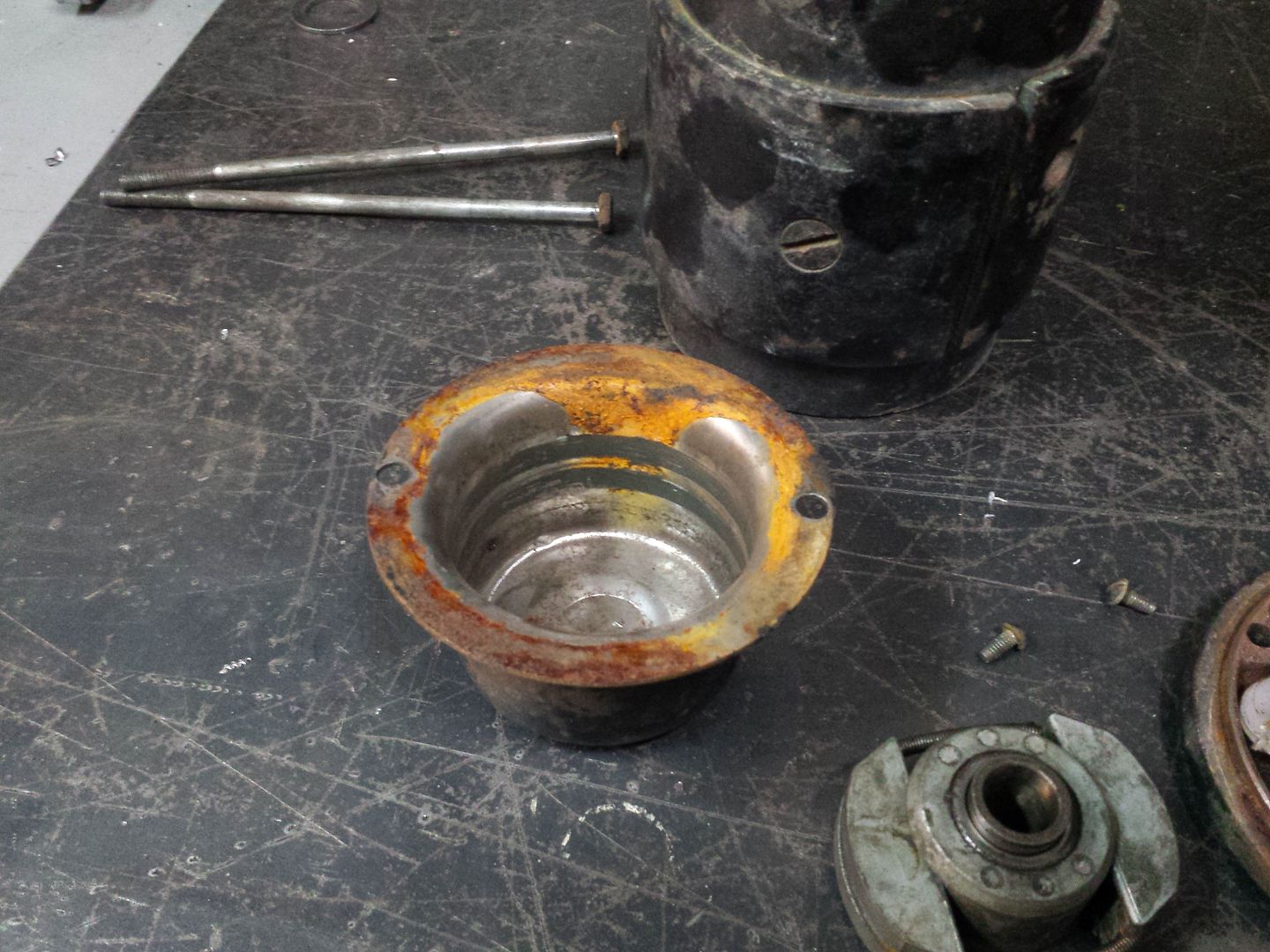
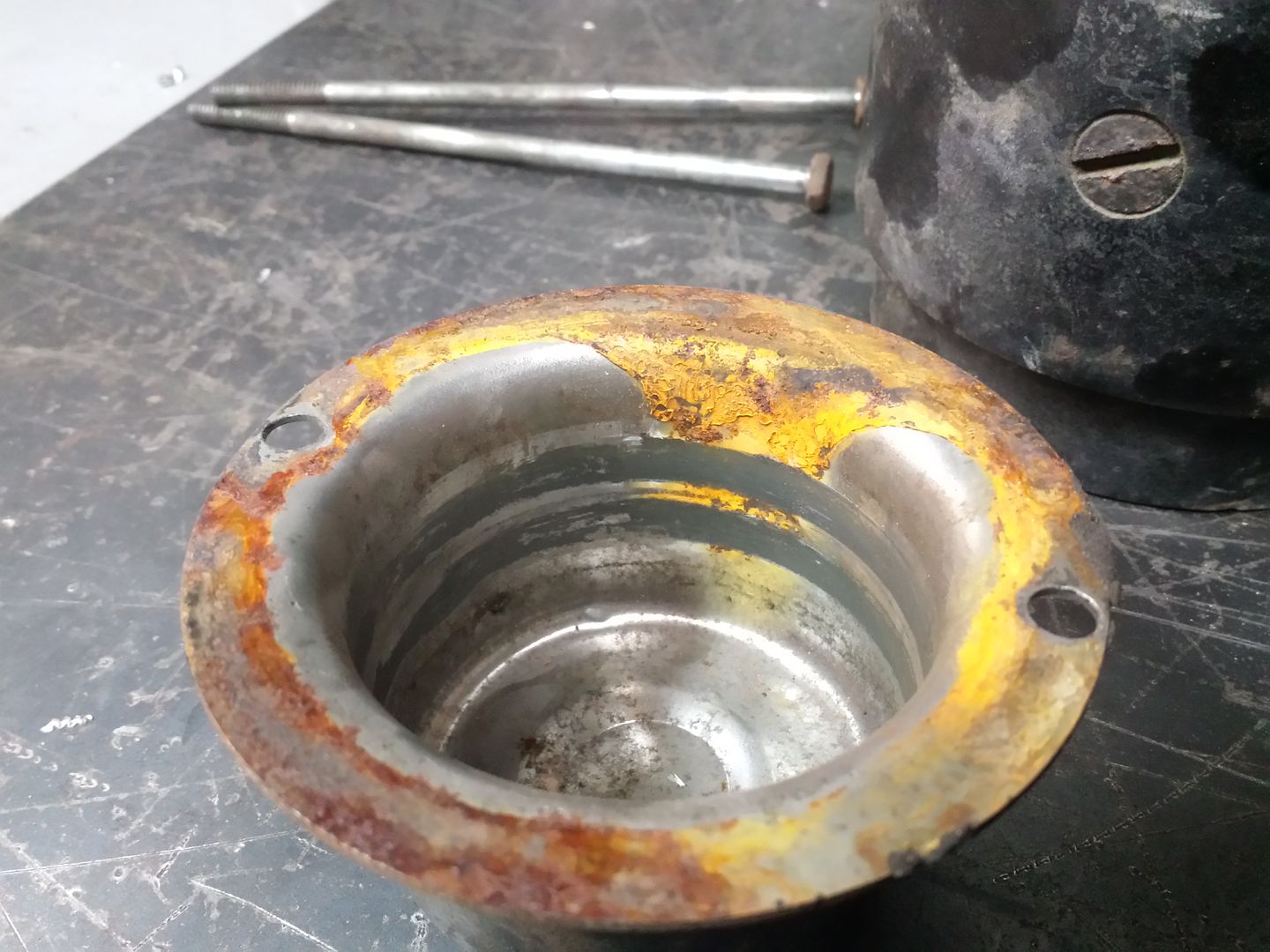
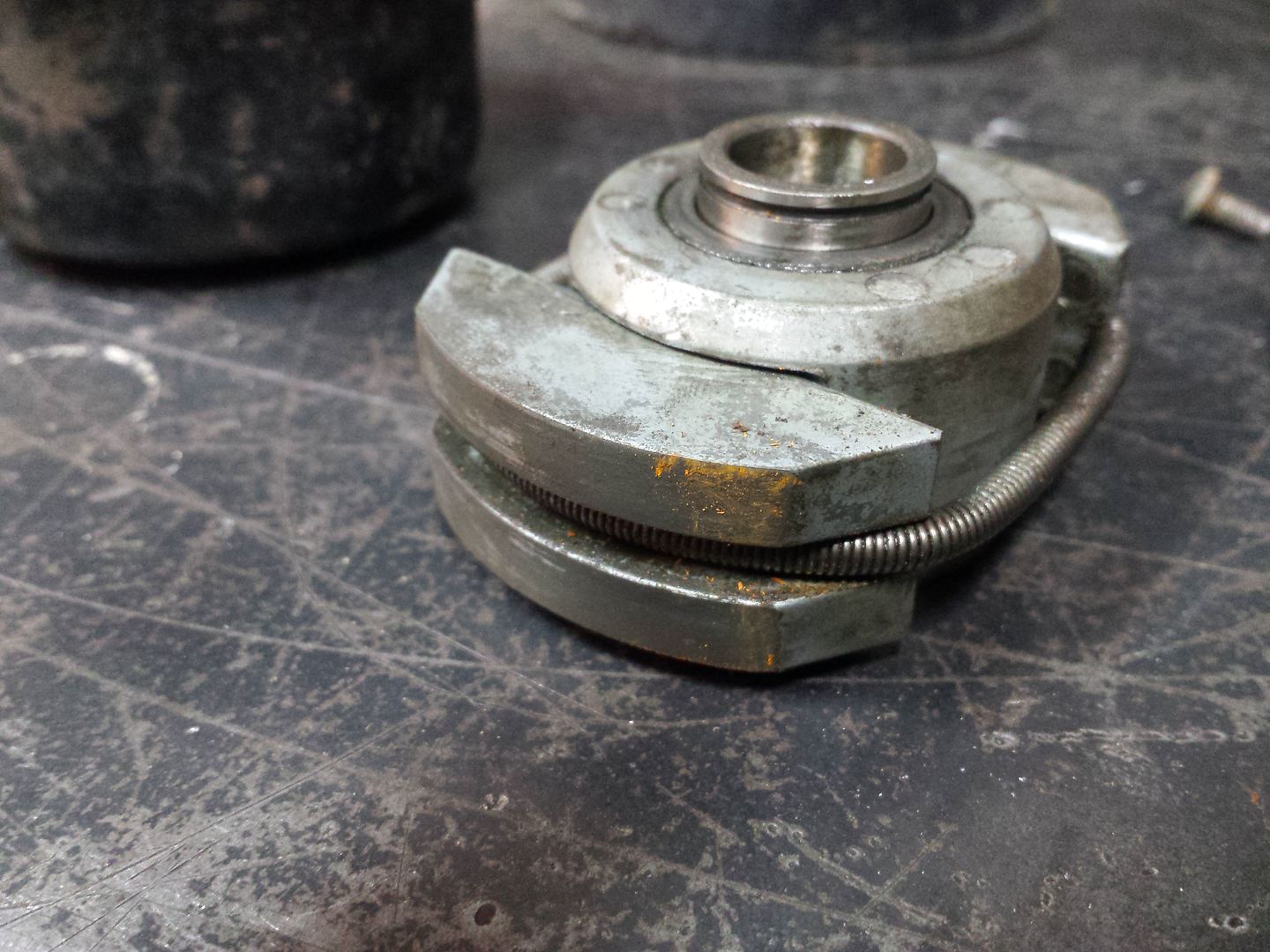
The armature is in pretty decent shape. I may turn the commutator just to clean it up, but nothing drastic.
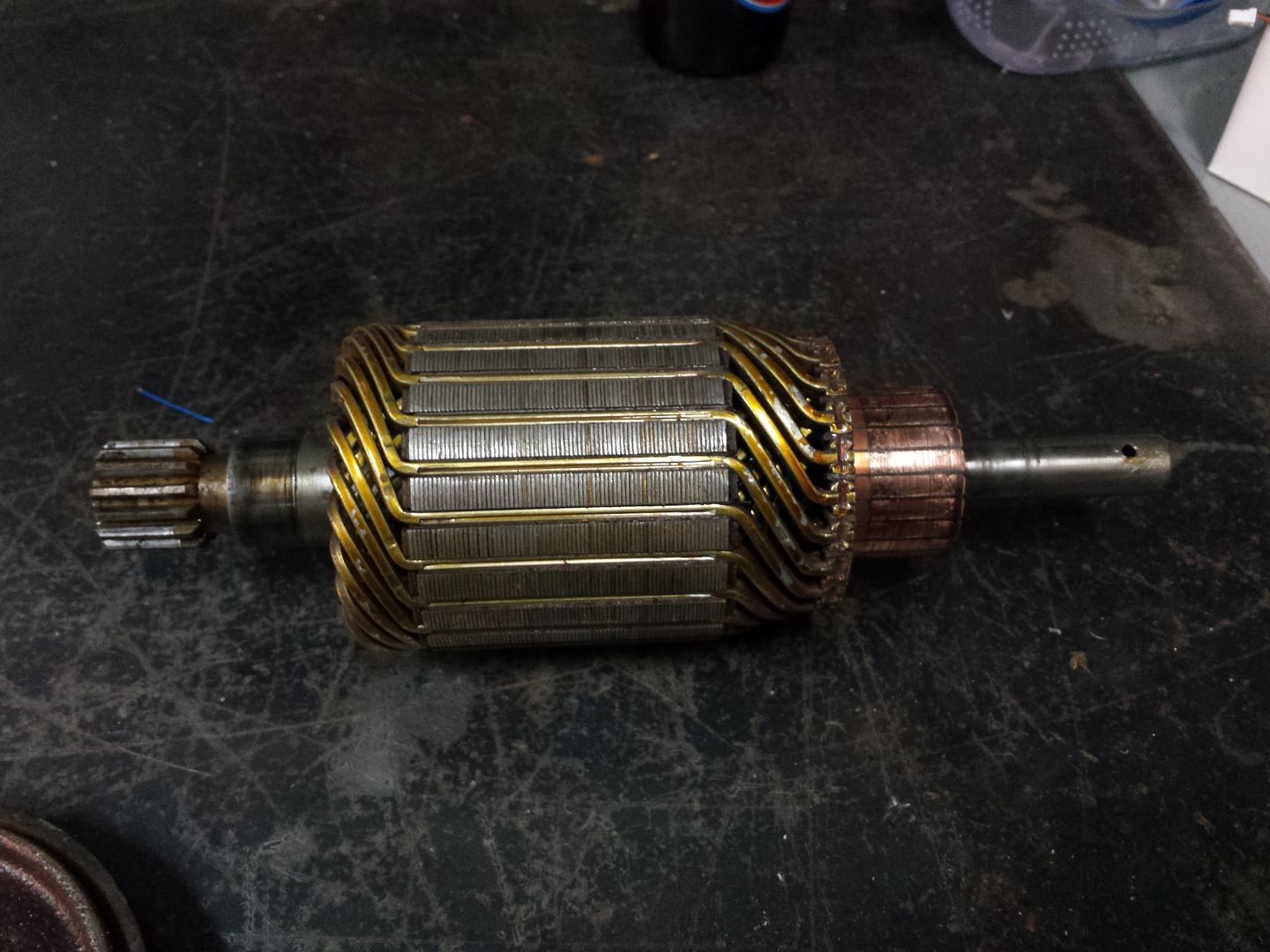
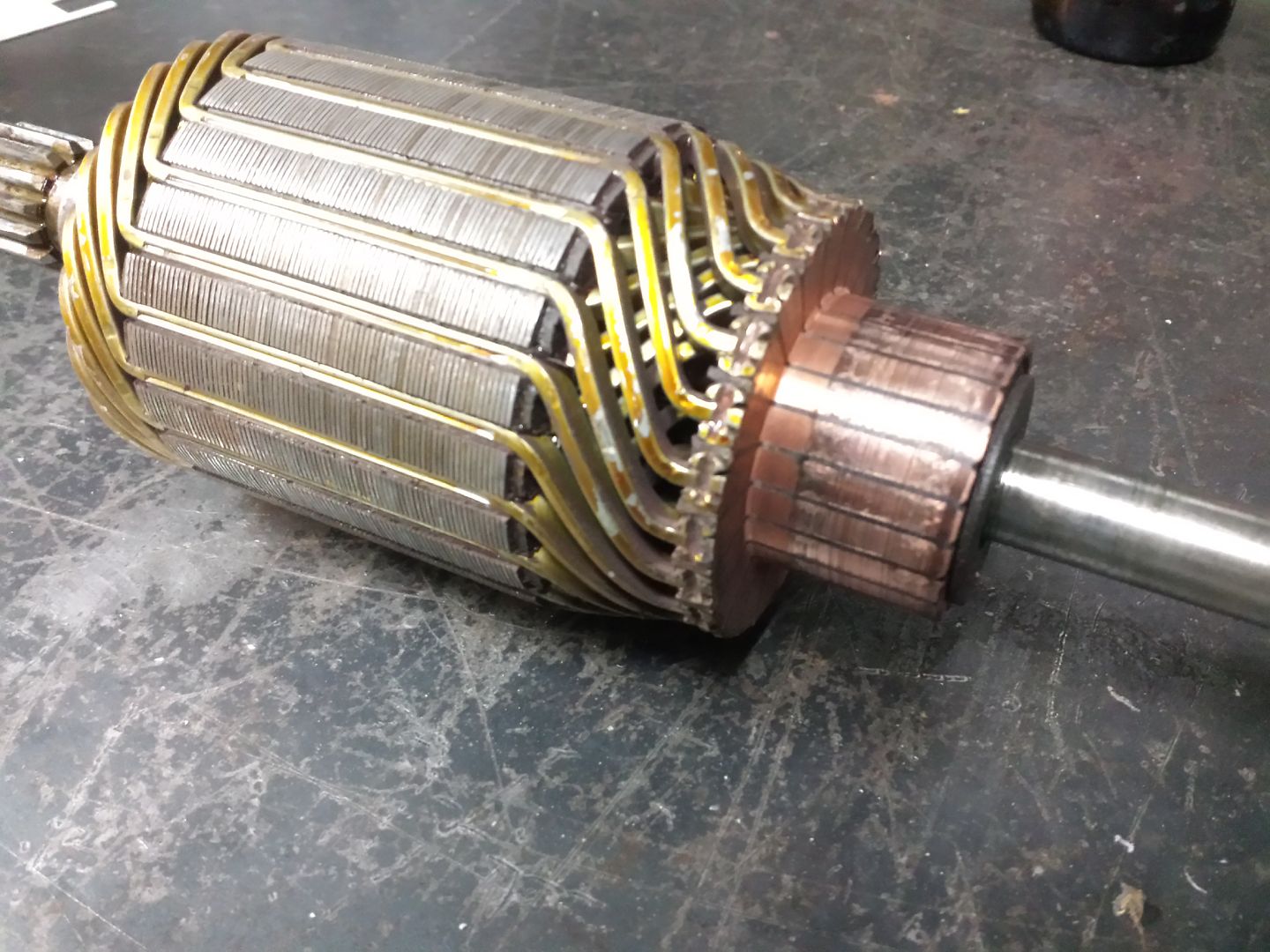
The way the armature is constructed is like nothing I've ever seen before. Usually the winding coils are woven with a high number of light gauge magnet wires, but with this beast, the coils are wound with brass bar. I guess it can handle some heat!
The stator is equally beefy. I have some work to do getting the stator winding lead back into shape. The connection that would normally contact the battery post isn't in good shape. I'll need to figure out whether silver soldering it would work or not, as this connection would get presumably too hot for normal electrical solder...
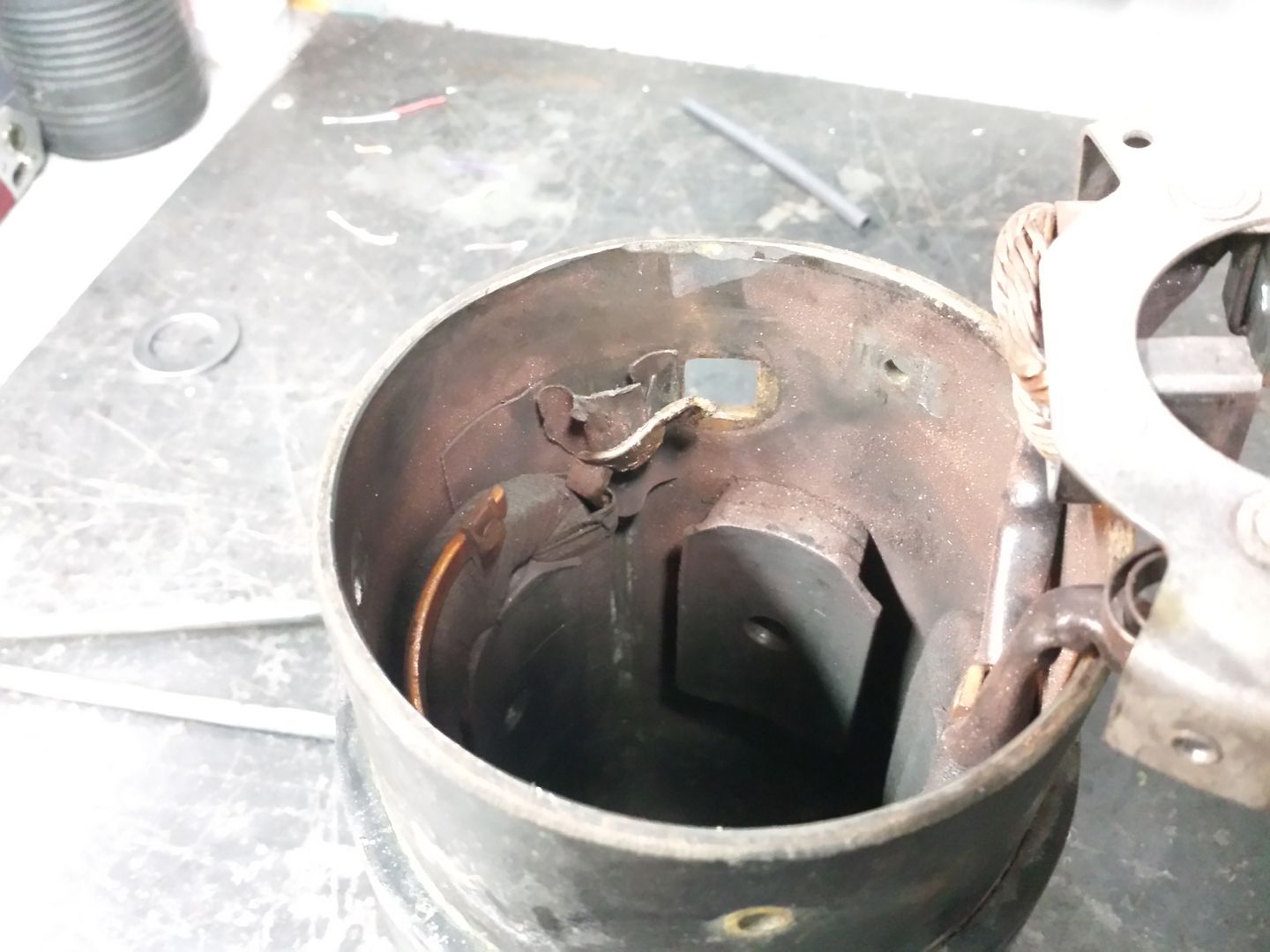
I should be able to get the motor sorted in the next week or so.
I also thought I might throw up a few pictures of the auxiliary rack I built for the DRAM2 trip. It plugs into the upper receiver above the spare tire. At first I just had the 2" square tube as the only connection, but it was rocking around too much so I added a couple feet which contact the spare tire itself. I ran a ratchet strap around the perimeter of the spare tire and up over the feet which locked down the rack and prevented any movement. This rack survived some pretty serious beatings while up North, so I'm confident it is a solution which I can rely on whenever additional storage capacity may be necessary in the future.
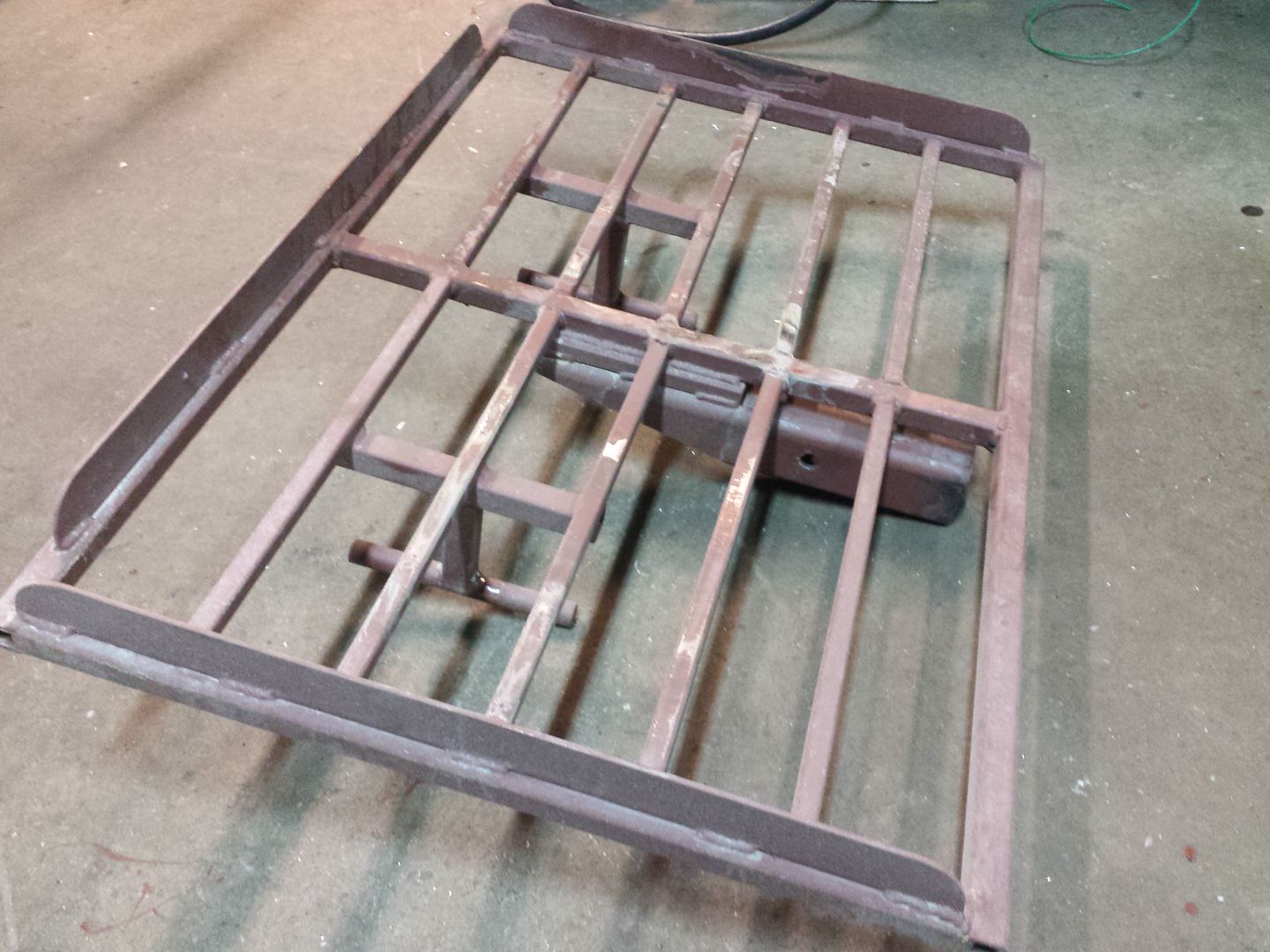
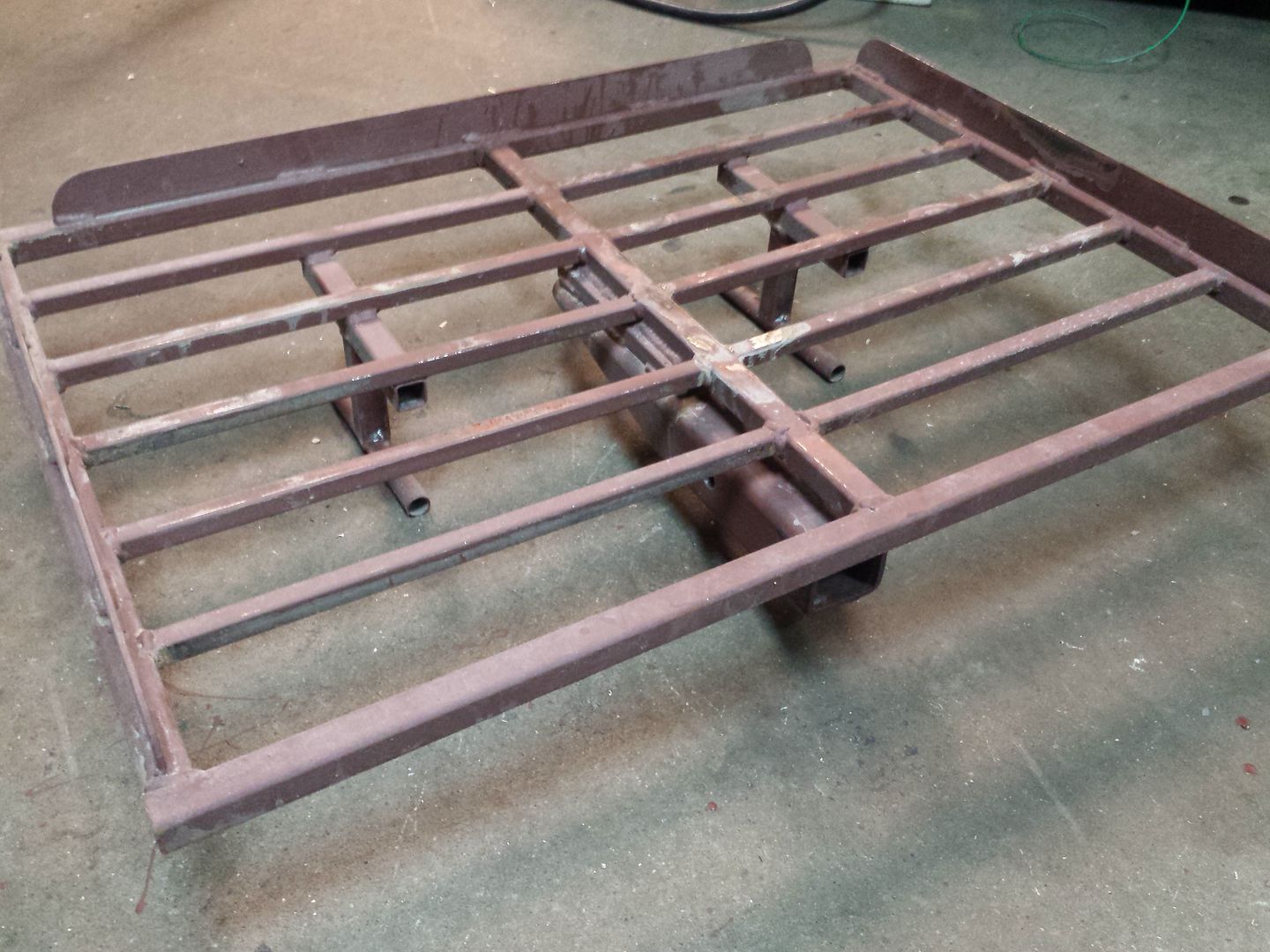
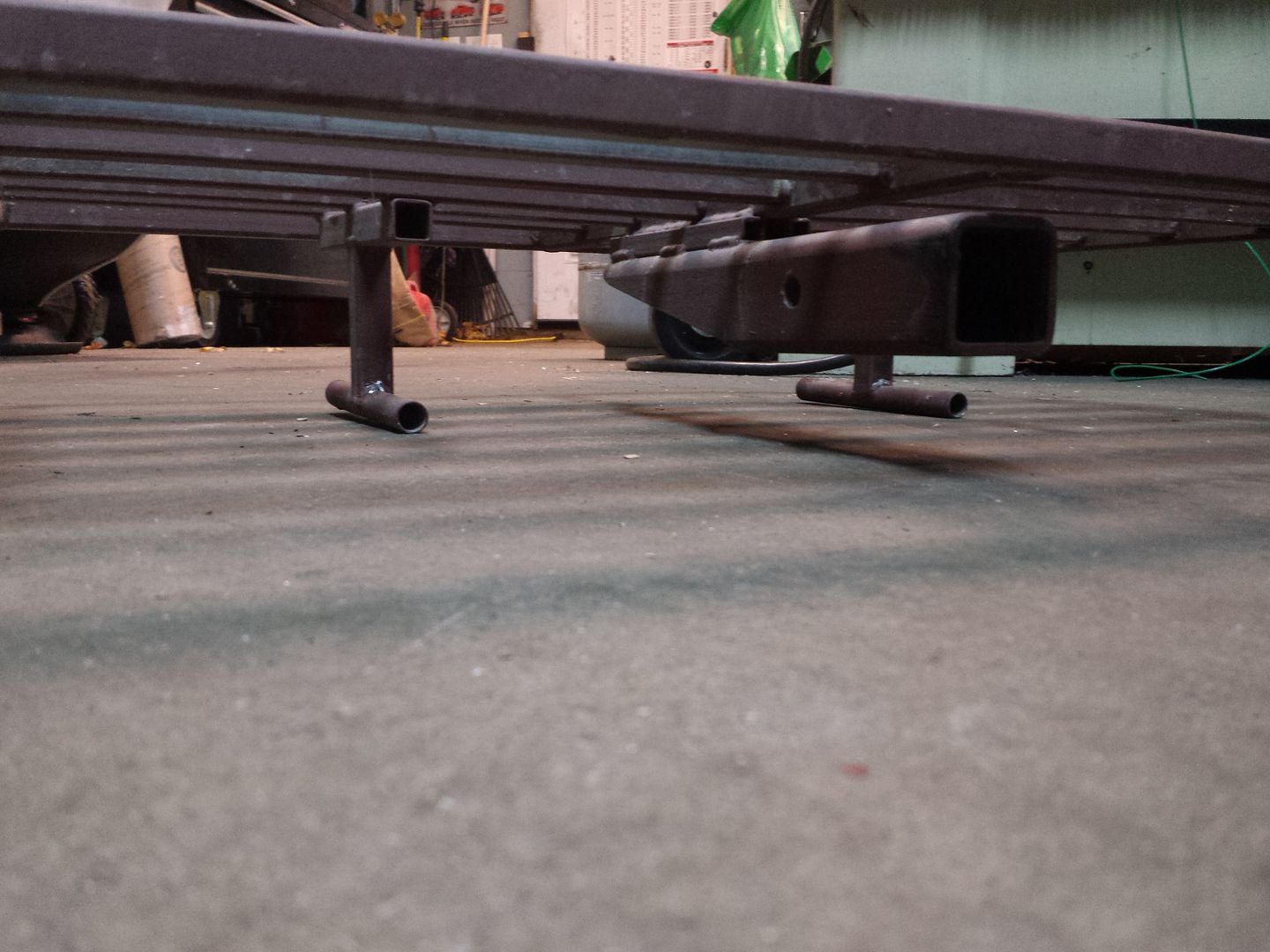
I winterized the old girl this weekend so the journeys for 2014 are over. It has been an amazing year for Boomer and we are totally pumped for what is in the works for next year. In the interim, I'll be doing some inside-projects as we've already had snow on the ground. Over the winter I've got to work on the side barn doors (I'll be pulling them off Boomer and temporarily sealing up the door cavities), and I've got a couple interior component builds on the docket. This next spring I'll be doing some transmission work and hopefully adding a GearVendors overdrive and possibly a turbo....we'll have to see how good 2014 was for Santa

For "big" fabrication projects for this spring, I've got my sights set on an aluminum roof rack with some front-bubble protection and lighting enhancements. It is going to be amazing!
SG










